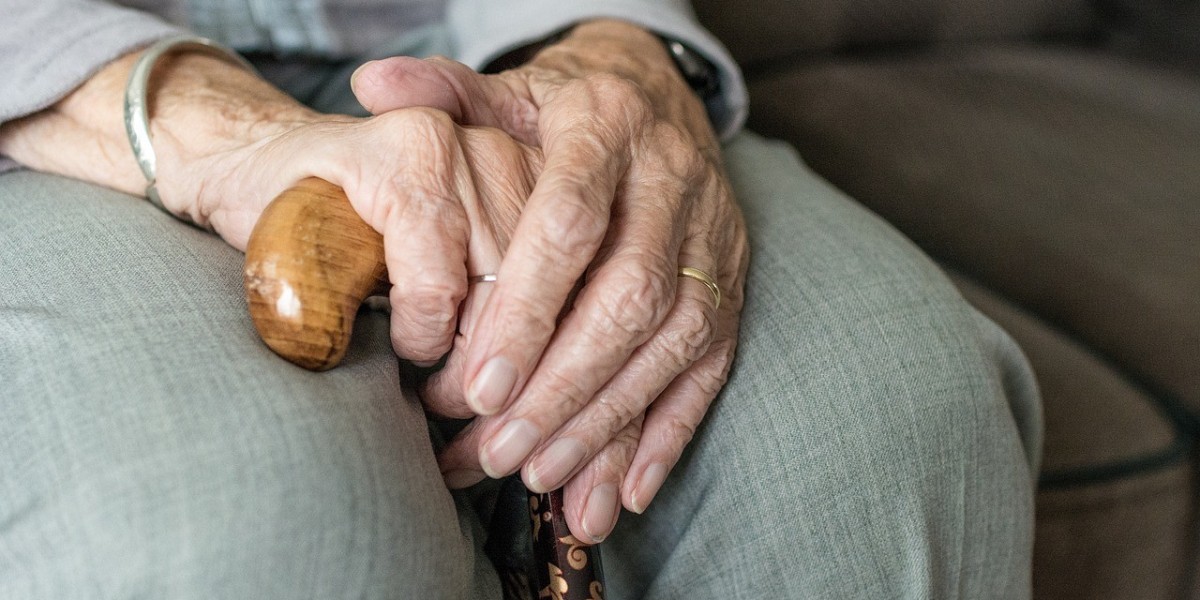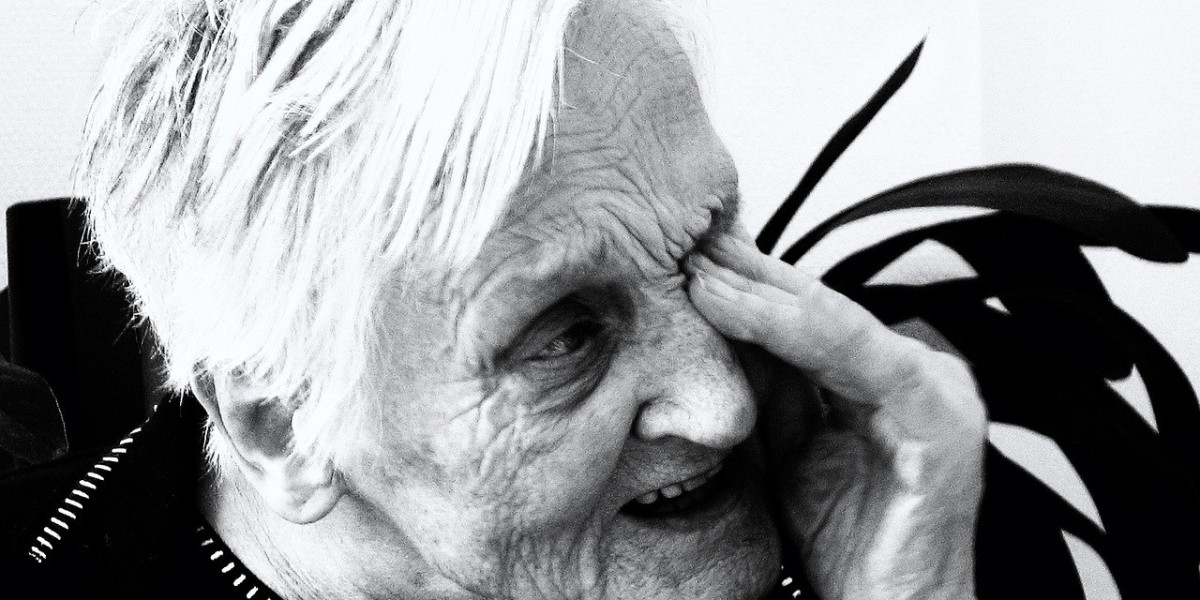In the journey of dementia care, empathy stands as a beacon of hope and understanding. It's a bridge that connects us to the nuanced experiences of those we cherish, navigating through the ebbs and flows of memory and perception.
Dementia, a complex condition characterized by more than just memory loss, often brings changes in perception and hallucinations. These experiences, though invisible to others, are vividly real to those affected, shaping their reality in ways we might find hard to comprehend.
Understanding Dementia-Related Hallucinations
Hallucinations in dementia are more than mere figments of imagination; they are perceptual experiences without external stimuli.
While not every individual with dementia will encounter hallucinations, for those who do, these experiences can range from benign to profoundly disorienting. Hallucinations can involve any of the senses, though visual and auditory are the most common in dementia, crafting a reality that, while unique to the individual, is no less real to them.
The Impact on Patients and Caregivers
The ripple effect of hallucinations extends beyond the individual, touching the hearts and lives of caregivers and loved ones. Witnessing someone you care for respond to unseen stimuli can be heart-wrenching, creating a chasm of misunderstanding if not approached with empathy. For caregivers, the challenge is dual: managing their own emotional response while striving to provide comfort and safety to their loved one.
Bridging the Gap: Strategies for Caregivers
In the face of these challenges, caregivers can adopt several strategies to bridge the gap between their reality and that of their loved one:
Stay Calm and Reassuring: Approach each situation with a calm demeanour, offering reassurance without dismissing the individual's experience.
Create a Safe Space: Modify the environment to reduce triggers for hallucinations, ensuring safety and comfort.
Seek Understanding: Try to understand the context of the hallucination. Sometimes, these experiences stem from past memories or emotions.
Professional Consultation: When hallucinations induce distress or risk, seeking professional advice is crucial to manage the symptoms effectively.
Communicating with Compassion
Communication is key in these delicate moments. A compassionate approach, one that acknowledges the individual's experience without directly confronting or denying it, can provide immense comfort. Phrases like "I see this is upsetting you; how can I help?" instead of outright denial can make a significant difference.
Supporting Each Other: The Role of Support Networks
The path of dementia care is one best traversed with support. Caregivers need not shoulder the burden alone; communities, support groups, and organisations dedicated to dementia care as well as the We Talk Care community can offer invaluable resources and emotional sustenance. Sharing experiences and strategies can lighten the load, reminding caregivers that they are not alone in their journey.
Empathy, in its purest form, is about connecting with another's experience, validating their feelings, and offering support. In dementia care, this empathetic approach becomes the cornerstone of compassionate care, especially in navigating the complex terrains of perception changes and hallucinations.
By fostering an environment of understanding and support, we can bridge the realities, creating a space where love and empathy flourish.








